Ball bearings play a crucial role in ensuring the smooth operation of a machine by reducing friction and enabling seamless movement. However, they don't last forever. Over time, various factors can lead to wear and tear, resulting in the need for replacement. Understanding the signs that indicate it's time to replace your ball bearings is essential for maintaining the efficiency and longevity of your equipment. Here are the top signs to watch out for:
Signs of Unusual Noises in Ball Bearings
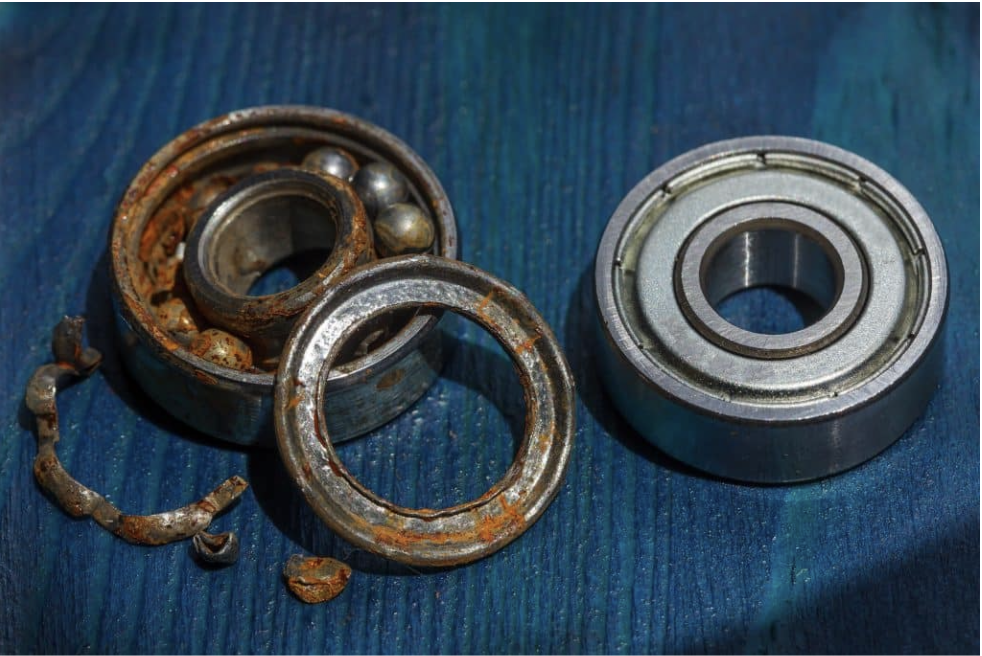
One of the first and initial indicators that your ball bearings might need replacement is presence of unusual noises. While machinery typically produces some level of sound, strange or loud noises warrant attention.
- Grinding Sounds: If you start hearing grinding sounds or rattling noises it's a clear signal that the bearings are experiencing excessive friction. This can occur due to wear or insufficient lubrication. The grinding sound indicates that the internal components may be wearing down, and it's crucial to address this issue properly.
- Squeaking Noises: High-pitched squeaking sounds often suggests that the bearing lacks proper lubrication. Lubrication is essential for reducing friction, and without it, the bearings can wear out quickly. If you hear squeaks, check the lubrication, levels and consider replacing the bearings if necessary.
- Variation in Noise Levels: If the noise level changes with the speed of the machinery, it may indicate a misalignment or uneven load distribution. Such irregular noise patterns can compromise the function of the bearings and signal the need for replacement.
- Implications of Ignoring Noises: Unattended unusual noises can lead to more severe problems including bearing failure. Promptly addressing these noises can save you from further damage and costly repairs.
Recognising Excessive Vibration in Machinery
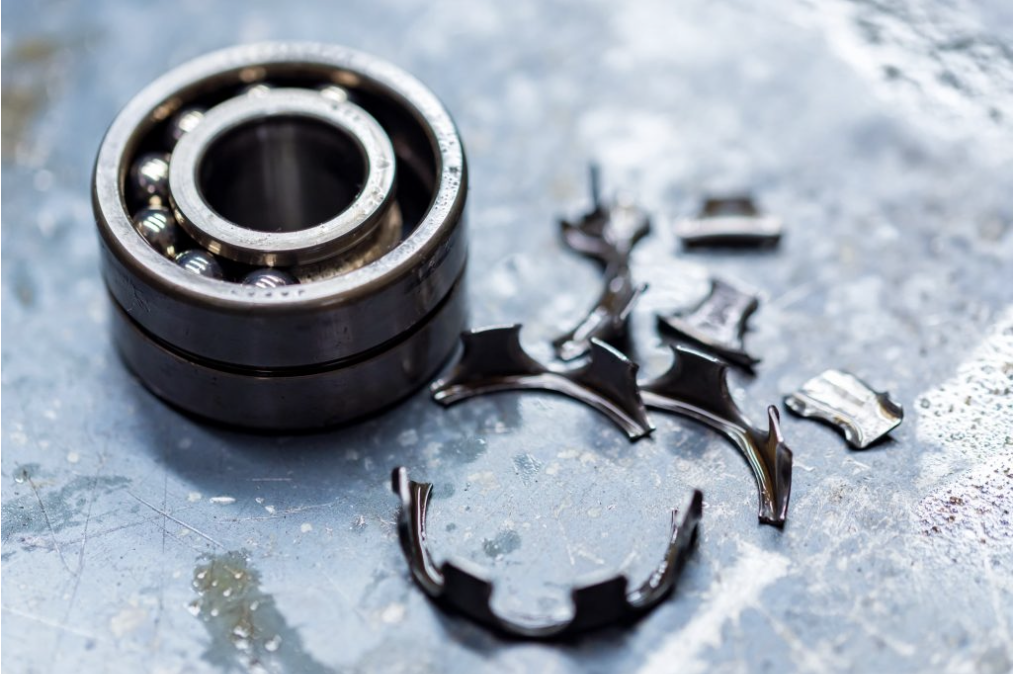
Another critical sign that ball bearings may need replacing is excessive vibration. While some vibration is normal in machinery, significant increases can indicate underlying problems:
- Misalignment Causes Vibration: Misalignment of the bearings can lead to increased vibration, as uneven forces act upon the machinery. Misalignment can occur during installation or develop over time due to wear. If the bearings are not aligned correctly, they can create undue stress on other components.
- Increased Wear and Tear: As ball bearings wear out, they may lose their ability to maintain proper alignment leading to increased vibration. This can further exacerbate wear on the bearings and surrounding parts, creating a cycle of damage.
- Use of Monitoring Equipment: Many modern machines are equipped with the vibration monitoring systems that can detect changes in vibration patterns. These systems provide valuable insights, allowing you to catch potential bearing before they escalate.
- Performance Impact: Excessive vibration can negatively affect the performance of your machinery. It may cause additional wear on adjacent components, leading to decreased efficiency and potentially costly breakdowns. If you observe vibration, it's time to inspect the bearings.
Increased Heat Generation
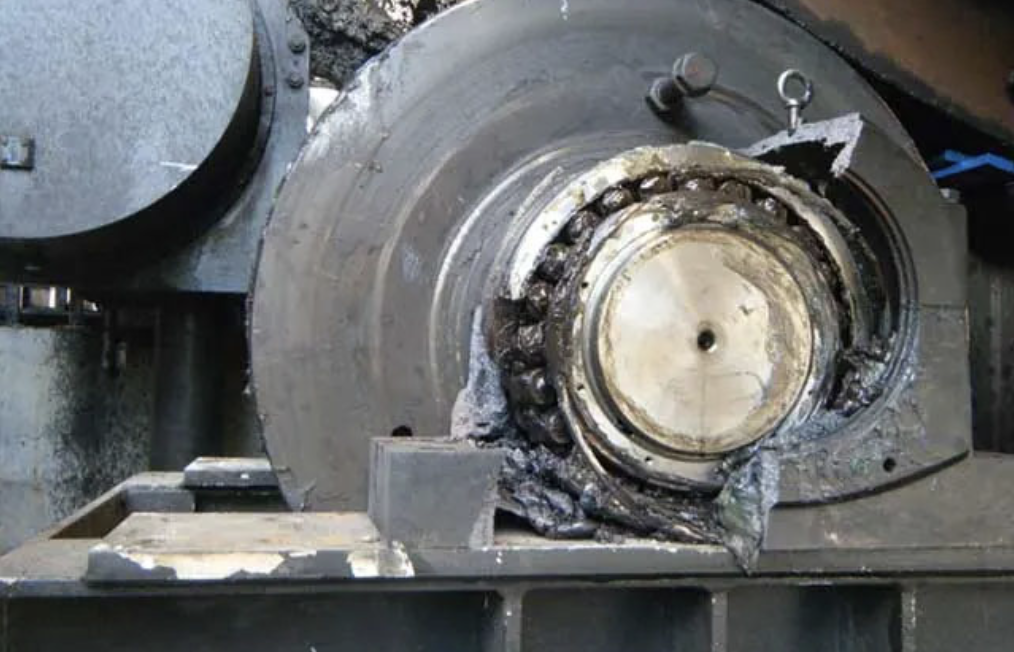
Increased heat generation is a significant sign that your ball bearings may need replacement. Bearings are designed to operate within specific temperature ranges, and exceeding these can indicate problems.
- Causes of Excess Heat: Increased heat is often a result of heightened friction within the bearing. This can occur due to insufficient lubrication, wear, or contamination. When bearings operate at elevated temperatures, they can suffer from further degradation.
- Lubrication Breakdown: Excessive heat can lead to the breakdown of lubrication, reducing its effectiveness in minimising friction. If the lubrication fails, it creates a feedback loop of increased heat and damage, further accelerating bearing wear.
- Evaluating Operating Conditions: It's essential to consider the operating conditions of your machinery. If bearings are subjected to excessive loads or high speeds, they are more likely to generate heat. Assessing these factors can help you determine if a replacement is necessary.
- Preventing Premature Failure: Continuous exposure to high temperatures can lead to premature bearing failure. By addressing heat generation issues promptly, you can prevent significant damage and maintain machinery efficieny.
Visual Inspection and Maintenance
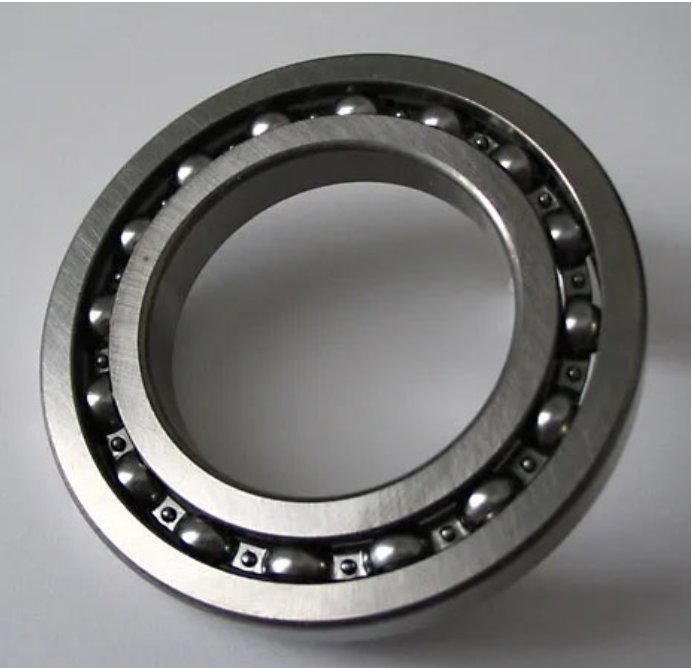
Regular visual inspection and maintenance are crucial to ensure the optimal performance and longevity of ball bearings. Here are some essential tips for visual inspection and maintenance:
- Check for Wear: Look for signs of wear, such as rust, corrosion, or scoring on the bearing surfaces. These indicators can signal that the bearing is nearing the end of its service life.
- Inspect for Misalignment: Examine the bearing for any signs of misalignment or uneven wear. Misalignment can lead to increased friction and premature failure.
- Assess Load Carrying Capacity: Ensure the bearing’s load carrying capacity is suitable for the application. Overloading a bearing can lead to excessive wear and reduced performance.
- Lubricate Regularly: Proper lubrication is essential to reduce friction and wear. Regularly check and maintain lubrication levels to ensure smooth operation.
- Replace when Necessary: If the bearing shows signs of excessive wear or damage, it’s time to replace it. Timely replacement can prevent further damage to the machinery and avoid costly repairs.
Reduced Performance and Efficiency
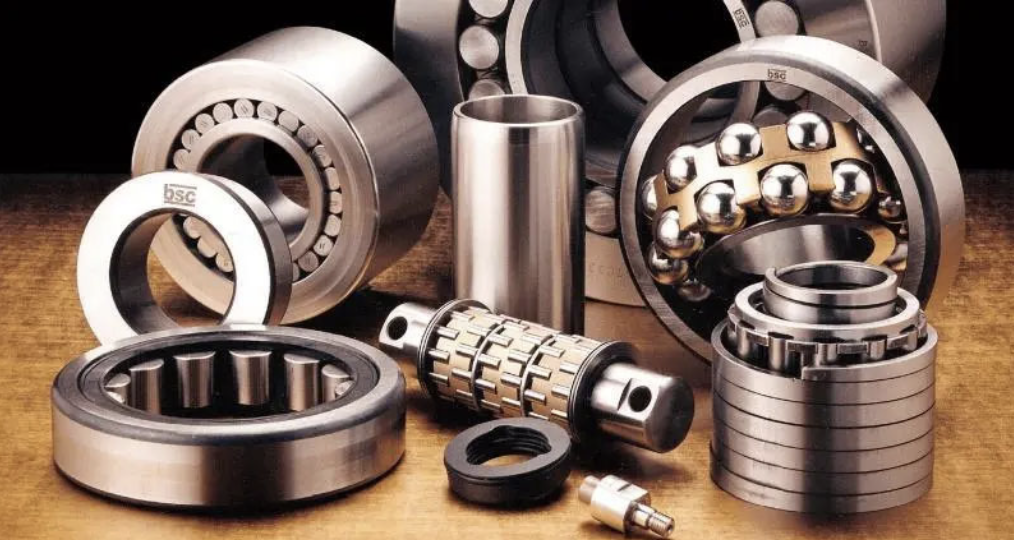
A drop in performance or efficiency can also indicate that your ball bearings need replacing. If your machinery isn't performing as well as it used to, it may be time for a closer inspection.
- Struggles with Operation: If machinery that once operated smoothly is now struggling to maintain speed or performance, it could signal that the ball bearings are worn. A decline in performance is often a clear indication of bearing issues.
- Increased Energy Consumption: A noticeable increase in energy consumption can also indicate that bearings are failing. Worn bearings can lead to higher friction, causing the machinery to work harder and use more energy to maintain its operating speed.
- Impacts on Productivity: Reduced performance can directly impact overall productivity. If machinery takes longer to complete tasks or requires more energy, it can slow down operations and lead to bottlenecks in production.
- Importance of Proactive Maintenance: Reduced performance can directly impact overall productivity. If machinery takes longer to complete tasks or requires more energy, it can slow down operations and lead to bottlenecks in production.
Recognising the signs that it’s time to replace your ball bearings is crucial for maintaining the efficiency and longevity of your machinery. Unusual noises, excessive vibration, increased heat generation, and reduced performance are all clear indicators that your ball bearings may be nearing the end of their lifespan. By paying attention to these signs and addressing them promptly, you can avoid more significant problems down the line. Keeping your equipment in top condition ensures smooth operation and prevents costly repairs, ultimately saving you time and money.
For those seeking professional assistance or specialised expertise in dealing with ball bearings, SLSPRO stands as a reliable partner.
SLSPRO experts offer comprehensive services and provide tailored solutions and
specialised services to meet the unique needs of clients across various industries
You can also browse our extensive
ball bearings selections on our website
Get in touch with us for professional help and greater operational efficiency today!
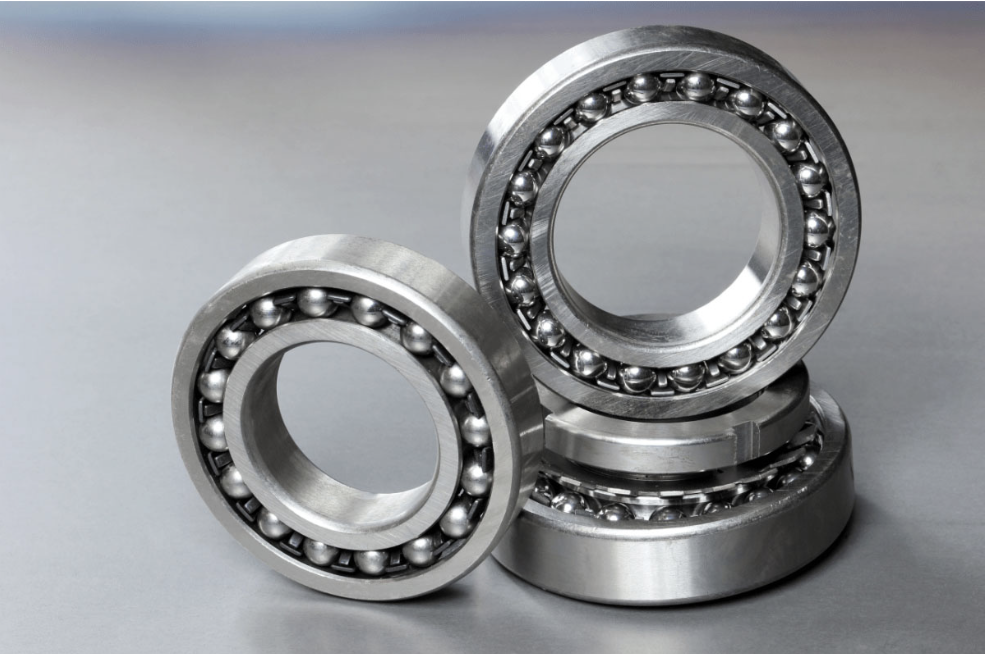






 Contact Us
Contact Us 